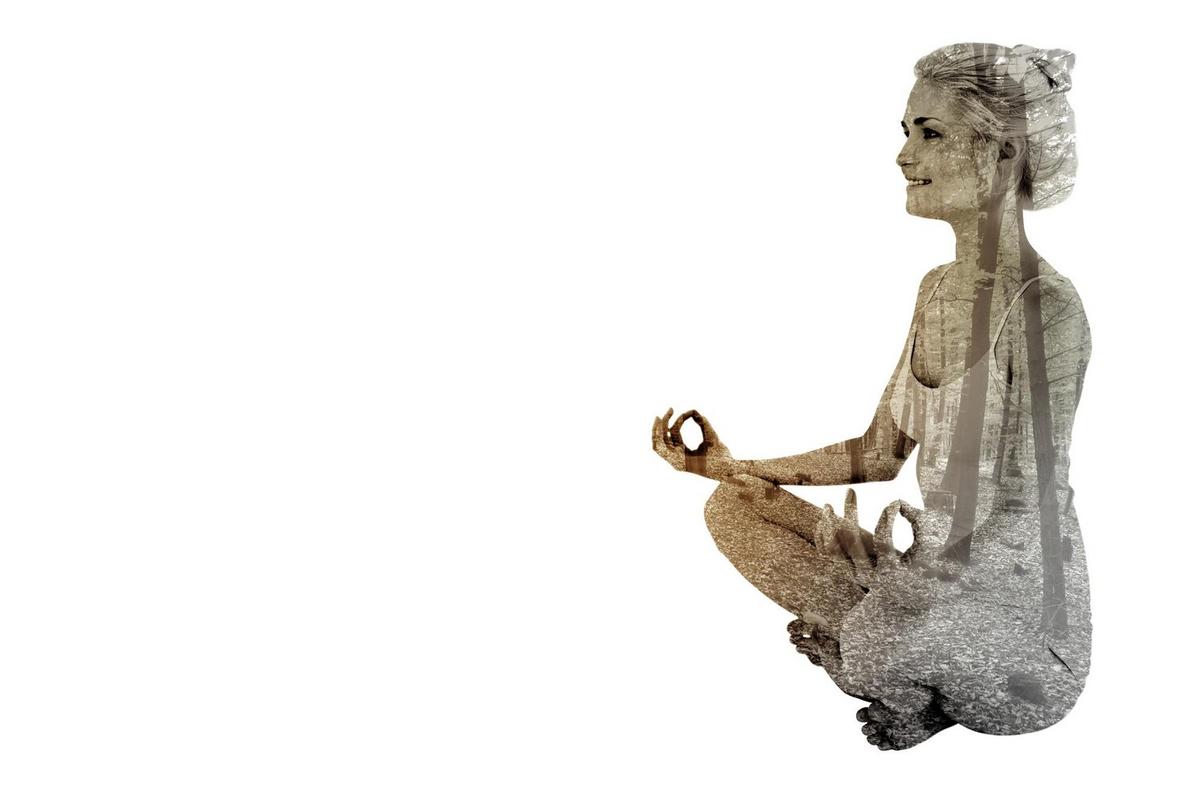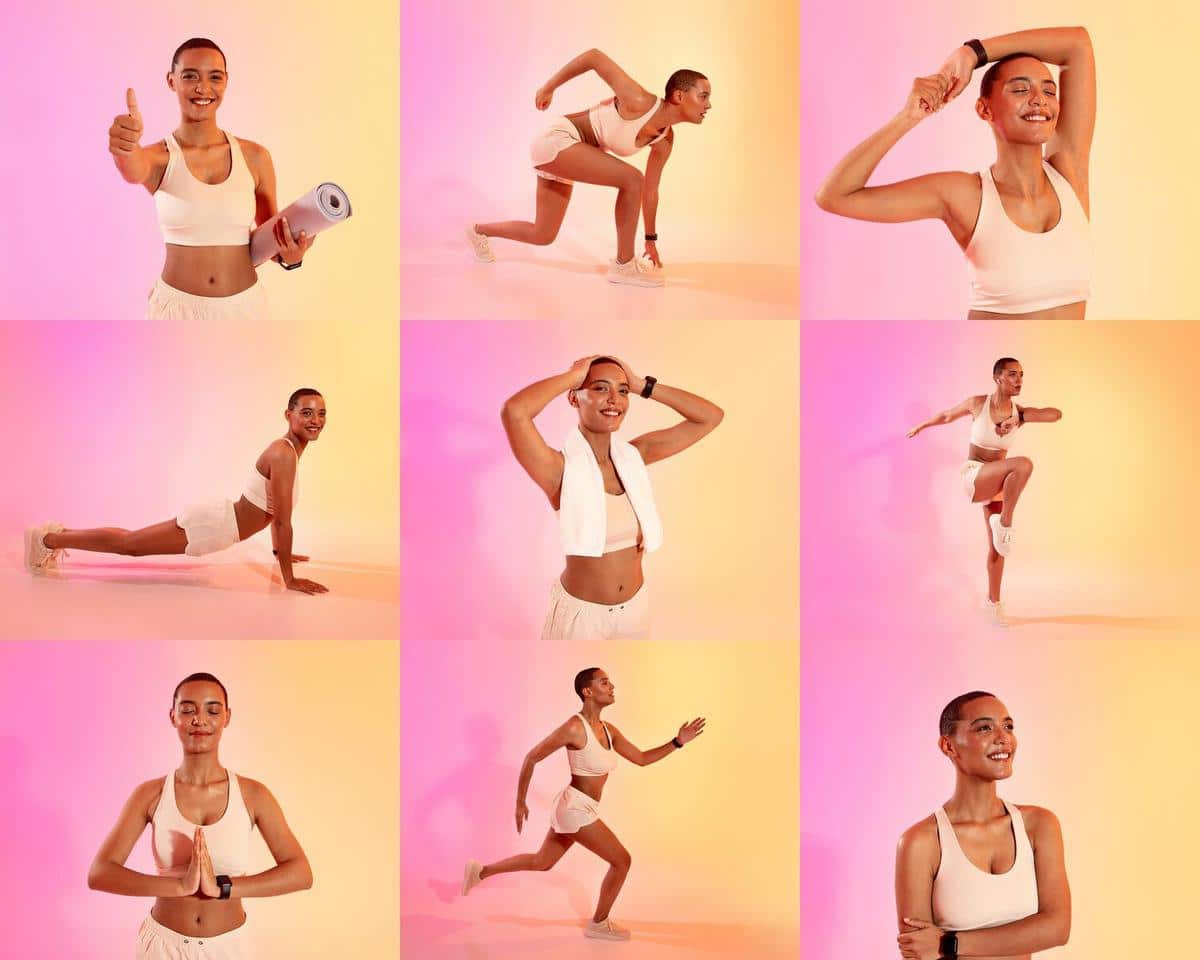
Overcoming Anxiety with Mindfulness Meditation
Anxiety often feels like a heavy weight, holding us back from experiencing life to its fullest. While many methods exist to tackle anxiety, mindfulness meditation has emerged as a powerful tool for calming the mind and regaining control over one’s thoughts.
Mindfulness meditation focuses on being present in the moment, observing thoughts and feelings without judgment. This practice can lead to a reduction in anxiety levels, as it encourages individuals to face their emotions with a sense of calm and clarity.
Understanding Anxiety and Mindfulness
According to the Anxiety and Depression Association, anxiety disorders affect millions of people worldwide. Mindfulness, a practice rooted in ancient traditions, has been gaining attention in modern psychology for its effectiveness in managing anxiety. Dr. Jon Kabat-Zinn, a pioneer of the mindfulness movement, suggests that mindfulness helps individuals recognize the transient nature of thoughts and fears.
What the Research Says
Studies indicate that regular mindfulness meditation can significantly reduce symptoms of anxiety. A meta-analysis published in the journal of Clinical Psychology Review found that mindfulness meditation programs showed moderate evidence in improving anxiety symptoms, showcasing its potential as a therapeutic tool.
Personal Stories of Transformation
Consider the story of Emma, who struggled with anxiety for years. After integrating mindfulness meditation into her daily routine, she noticed a profound shift in her ability to manage stress and anxiety. Emma’s journey highlights how mindfulness can empower individuals to take control of their mental health.
Actionable Steps to Incorporate Mindfulness Meditation
- Start Small: Dedicate just five minutes a day to mindfulness meditation. Gradually increase the time as you become more comfortable.
- Create a Routine: Consistency is key. Aim to meditate at the same time each day to build a habit.
- Focus on Breathing: Pay attention to your breath. Notice how it flows in and out, helping to anchor you in the present moment.
- Use Guided Meditations: Utilize apps or online resources that offer guided meditation sessions.
| Technique | Benefits | Duration |
|---|---|---|
| Mindful Breathing | Reduces stress, improves focus | 5-10 minutes |
| Body Scan | Increases body awareness | 10-20 minutes |
| Loving-Kindness Meditation | Enhances positivity | 15-30 minutes |
| Walking Meditation | Improves mindfulness in movement | 10-15 minutes |
| Mindful Eating | Promotes healthy eating habits | During meals |
| Visualization | Relieves stress through imagery | 10 minutes |
| Gratitude Practice | Boosts mood and well-being | 5 minutes |
| Journaling | Enhances self-reflection | 10-15 minutes |
Set a specific space for meditation in your home, free from distractions, to help you get into the right mindset.
Resources for Further Exploration
For those new to mindfulness, consider exploring websites such as Mindful.org and Headspace, which offer valuable resources and guided sessions for beginners.
Frequently Asked Questions
How long should I meditate to see results?
Even a short daily practice of 10-15 minutes can yield noticeable benefits over time.
Can mindfulness meditation replace therapy for anxiety?
While mindfulness is a helpful tool, it should complement, not replace, professional therapy and treatment.
Conclusion
Mindfulness meditation offers a pathway to overcome anxiety by fostering a greater sense of awareness and acceptance. As you embark on this journey, remember that patience and consistency are your allies. By incorporating mindfulness into your daily routine, you can cultivate a more serene and resilient mindset, ready to face life’s challenges with calm and confidence.


